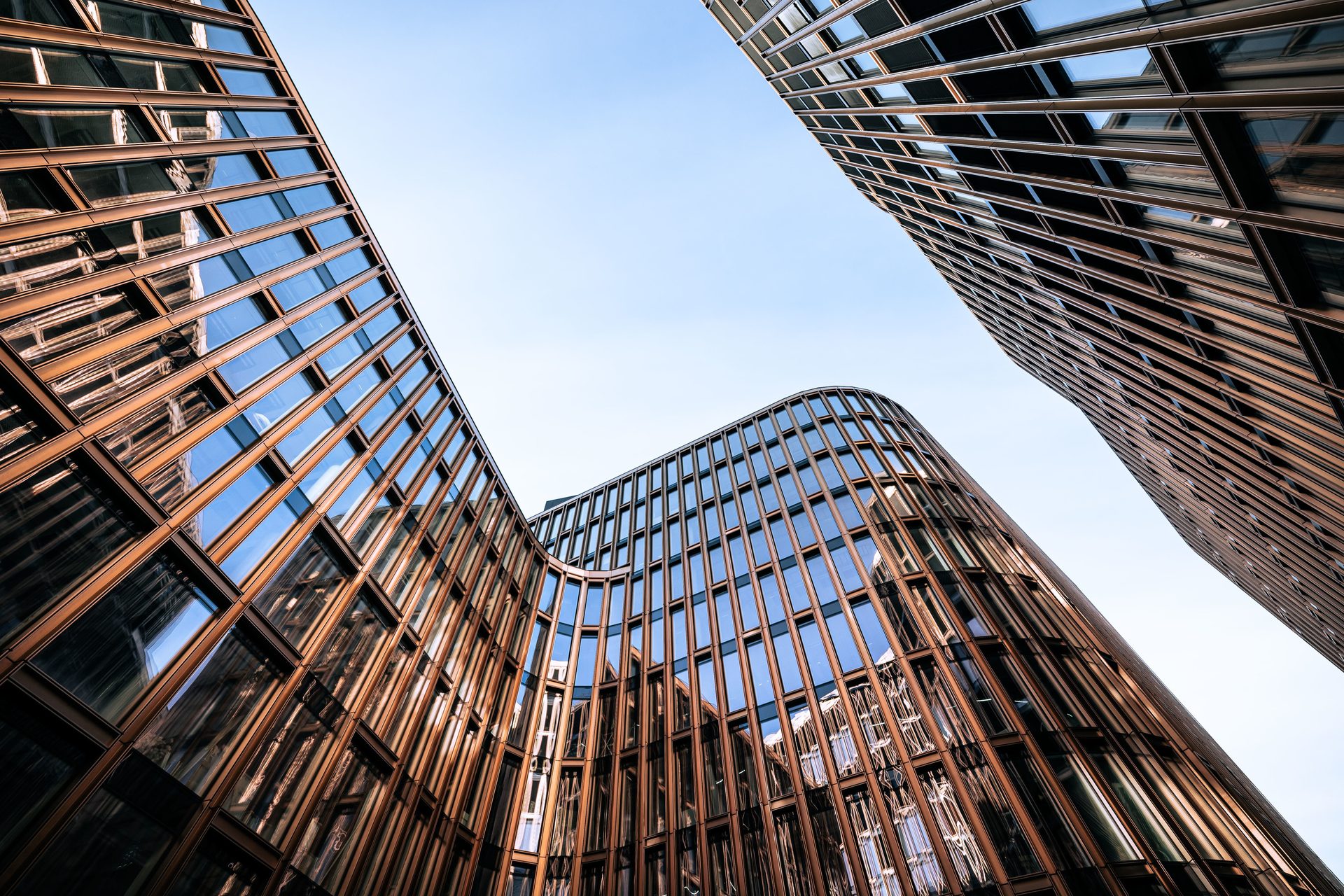

2022 was to be the year when the global economy recovered after two years of the pandemic. Instead we are staggering from one crisis to the next with the war in Ukraine. In its wake follow a shortage of goods, accelerating price growth and rapid interest rate rises.
Introduction
Chapter 1
The problems in the global supply chains were predicted to ease during 2022 as Covid restrictions were lifted, but the issues now appear to be prolonged. With Russia’s invasion of Ukraine, a dangerous and chaotic situation has arisen which will challenge the global economy. Ukraine and Russia are major producers of raw materials such as grain, timber, metals and energy. As these markets have virtually become inaccessible as a result of war and sanctions, the consequences are goods shortages, additional problems in the transport chains and rising prices.
Central banks the world over are now concerned that the already high consumer price growth will only escalate. To protect its inflation targets, the Federal Reserve has announced a sharp rise in the policy rate. Our trading partners are expected to see increased activity levels this year as a result of the service sectors recovering from the pandemic. Further ahead there is a risk of significantly weaker economic growth than we envisaged going into 2022.
"
The global economy

Problemene i globale verdikjeder var spådd å løse seg i løpet av inneværende år ettersom koronarestriksjonene ble trappet ned, men nå ser det ut til at problemene forlenges. Med Russlands invasjon av Ukraina har en farlig og uoversiktlig situasjon oppstått som vil utfordre verdensøkonomien. Ukraina og Russland er store produsenter av råvarer som korn, trelast, metaller og energi. Når disse markedene har blitt nærmest utilgjengelige som følge av krig og sanksjoner, blir konsekvensene knapphet på varer, ytterligere problemer i transportkjeder og tiltakende prisvekst.
Verdens sentralbanker er nå redde for at den allerede høye konsumprisveksten bare skal tilta videre. For å beskytte sitt inflasjonsmål, har den amerikanske sentralbanken varslet kraftig oppgang i styringsrenten. Trolig blir aktivitetsveksten hos våre handelspartnere god i inneværende år som følge av at tjenestesektorene henter seg inn etter pandemien. Videre fram er det fare for en vesentlig svakere økonomisk utvikling enn vi så for oss da vi gikk inn i 2022.
Verdensøkonomien
1 Innledning
High energy prices mean that Norway is making good money. This has helped strengthen the Norwegian krone in otherwise uncertain times. However, Norwegian households and businesses have to prepare themselves for high living costs, which is likely to put a damper on consumption and investment. The Norwegian central bank has announced that the policy rate will probably rise so much next year that it will hamper economic growth. Growth in GDP and employment is likely to be strong this year, boosted by the services sector and supplier industry in particular. From next year, however, the increase in activity will in all likelihood slow down considerably.
The Norwegian economy

A shortage of factors of production and high price growth will probably hamper building activity in the times ahead. Areas and sectors where it is more difficult to recover rising costs by increasing rents will probably be the hardest hit. A sharp rise in activity levels in the Norwegian economy suggests a strong market for office leasing this year, and the shortage of available premises is likely to reinforce rising rents in the centre of Oslo.
From next year onwards things are looking more uncertain, however. Rising interest rates are bad news for all asset classes, including property. However, real estate can serve as a hedge against inflation, which we believe will become increasingly relevant. High interest rates and funding costs can contribute to a slowing-down of the transaction market ahead, although investor interest appears to be strong for the time being.
Commercial property


Rising interest rates will eventually force an increase in yields on commercial property. Given the strong interest amongst investors, we still expect the increase to be dampened and delayed.
Knapphet på innsatsfaktorer og høy prisvekst vil trolig dempe byggeaktiviteten framover. Områder og sektorer hvor det er vanskeligere å hente inn kostnadsveksten i økte leier, vil antakelig merke det mest. Høy aktivitetsvekst i norsk økonomi tilsier et sterkt marked for kontorutleie i år, og knapphet på tilgjengelig areal vil trolig forsterke leieprisveksten i Oslo sentrum. Fra neste år ser det imidlertid mer usikkert ut. Stigende renter er dårlig for alle aktivaklasser, inkludert eiendom. Eiendom kan imidlertid fungere som en god inflasjonsforsikring, noe som vil bli mer aktuelt enn på lenge. Utsikter til høy inflasjon og rask renteoppgang kan bidra til at transaksjonsmarkedet blir tregere i tiden som kommer, men enn så lenge later det til at investorinteressen er god. Stigende renter vil etter hvert tvinge fram en oppgang i yield på næringseiendom. Gitt den sterke investorinteressen, venter vi likevel at oppgangen blir dempet og forsinket.
Næringseiendom